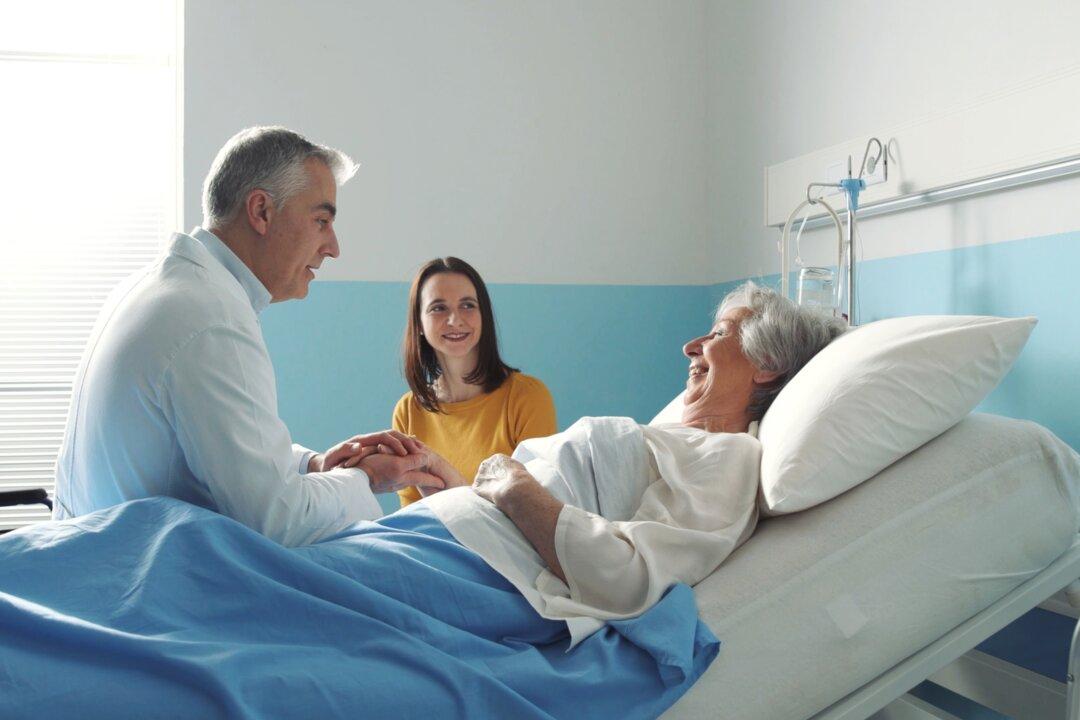Older adults and their families often wonder: Where’s the best place to recover after a hip or knee replacement—at home or in a rehabilitation facility?
Increasingly, the answer appears to be home if the procedure is elective, friends and family are available to help, and the patient doesn’t have serious conditions that could lead to complications.




